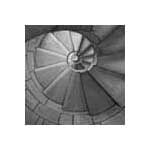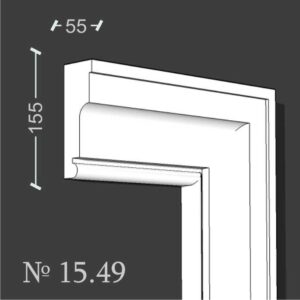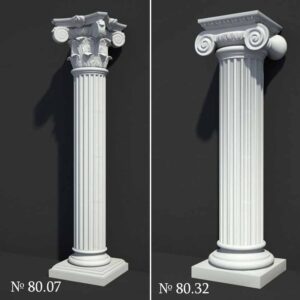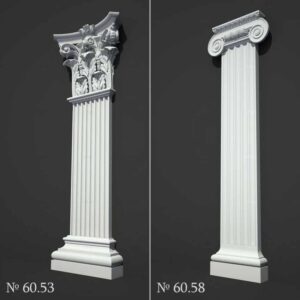Pleasant and inviting surroundings are very important for one’s development, comfort, and well-being. A pleasant living space offers clear sight, and easier communication and creates an ideal environment to establish a personal identity. As such, it is equally essential to a successful life in general and finances in particular. Ultimately, residential architecture is greatly influenced by human nature which means that all humans respond uniquely to everything around them, desired or non-desired.

Now more than ever, people will want a compelling home that aligns with current trends that enable rapid lifestyle changes. All of the home styles featured here are geared towards creating the appropriate beauty vision required by modern individuals; thus the ones chosen were created by best practices and intent of those who understand what they desire while restoring themselves mentally with nature on their front doorstep!

What, Exactly, is Modern Residential Architecture?
This term refers to the development and application of architectural design in the making of houses. It incorporates a lengthy transition that started around 900 AD when cross vaulting was introduced as new construction method. Coincidentally, cross vaulting soon made it easy for builders to create multi-stories buildings by compartment height.

Modern residential architecture is simple without any superfluousness. Its primary objective is clarity and coherence when designing its elements for utility, habitability, and comfort – air circulation systems, utilities overlap between floors, etc… One common architectural design saw that exemplifies this feature is straight outlines on the house facade with clear textures and colors in view with an ample amount of glass adding a recessed therapeutic effect.

The two overarching keywords for modern residential architecture are transparency and comfort – assisting people to live fresher air, properly spaced fixtures/furniture in their homes (making it easier to move around), and aesthetically pleasing nature so that people can develop a healthy appreciation for living a healthier life.

Should Buildings be considered Sculptures in the Modern Era?
The question of whether buildings should be considered as sculptures has gotten a little more complicated with the modern era. The history of architecture and sculptures share a very interesting revelation – they share a very similar yet different meaning. However, as opposed to historical periods, architectural periods are much shorter in duration. Architectural periods allow designers to experiment at a fast pace. A brand-building project in terms of architecture could take anywhere from six weeks to six months while it can take years for an art piece during the historical era.

Three Thoughts on Modern Residential Architecture as Sculpture
Today, residential architecture is going through a stage of modernization. There are culture-changing architectural movements like Postmodernism which have sculptural and philosophical qualities.

Residential architecture has progressed from utilitarian housing to edgy yet contemporary decoration that captivates the taste of the whole world. The distinctive qualities of Sculpture lie in abstraction or in revealing visible reality—on display with machine-like precision, imbuing construction with dynamism and life. All three thoughts in this section outline how residential architecture has been experimenting with new trends like Postmodernism.

Technology has removed barriers to creativity, people can now easily build homes that adorn their living space with color, texture, and organic shapes through a process known as “strata” construction.

Is a Home Aesthetic Visual Art or Man-Made? Defining What Makes Architecture ‘Art’ Today
Architecture, in general, has been around for centuries. However, some people believe that the role of architects is diminishing because technology has come to play a larger role due to advancements in raw materials, methods of construction, and specialization.

Whether architecture is an art has long been debated by historians. From sculptures to mosaics to stained glass windows- covering anything from architecture as a form of art as decoration or decoration with space design – this is an issue that continues today on both sides of the spectrum.

While some people continue rallying for architecture as art, others argue that homeowners should think about their style when building architectural structures because we all have “passionate feelings about our homes” so heavily

The Rise In Customization & Creativity in Residential Architecture
Residential architecture is increasingly trending towards a mix and match of customizations like living spaces, building arrangements, etc. These customizations leverage the creativity of certain design trends to put their touch on the property

The largest feature of residential is that it lets people cover every square inch of their homes with design ideas. What sets architects apart from other designers is that they have a broader sense and can make better use of their materials and techniques in building houses or commercial spaces. So CEOs make investments in residential architecture that let them stand out among the competition.

Innovation in architecture is critical to urbanization because it not only drives a change in lifestyle but also has significant impacts on nearby demographics like economic development, climate change adaptation, and physical infrastructure

The New Global Quest for Transparency & Preserving Rural Lifestyle in Architecture
Due to today’s global climate and lifestyle, diminishing resources, and increasing focus on exporting.
With all these uncertainties in the global landscape with an ever-increasing population and resource usage, people from all over the world are looking for ways and places to open their cities up for recreation. This quest has presented opportunities for farmers and land owners all over New England to be proactive about finding innovative solutions for their future in a dire landscape.

It is not feasible to develop new city architecture at this point, but it is feasible to choose little changes as alternatives that can help preserve the rural lifestyle. Some of these solutions include organic feeding stations on farms, roundabouts that decrease intersection speed, farmland that is lit at night only to reduce light pollution, and retaining trees.
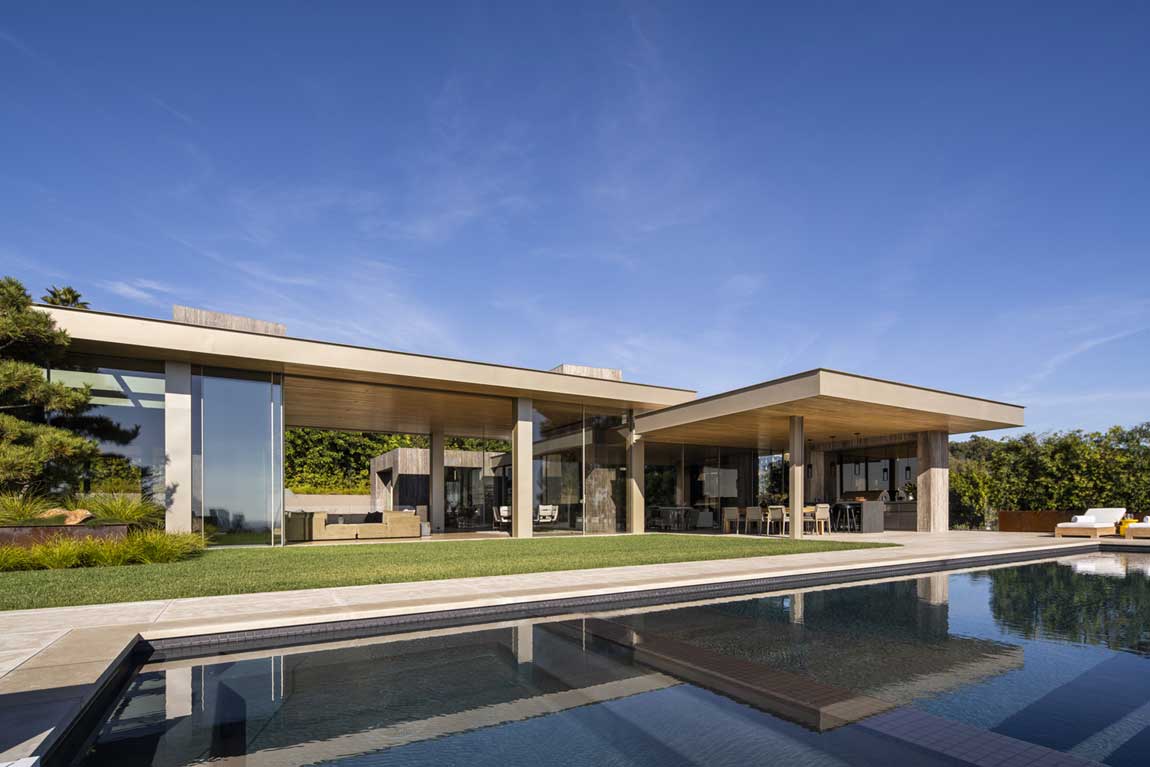
Are Postmodern Homes The Modern Homes of Today?
Designers are not designing in the 21st century what we are used to from history. Today, many architectural theorists turned their hands toward modernism. But the era of modernism is just that – yesterday.

There is a budding resurgence of Modern style homes. Thanks to “Postmodern Design Ideas for Living Spaces” developed by Chris Lydon, designers can make this theme a hit in today’s years with less effort and higher efficiency in construction costs

In developing postmodern design ideas for living spaces some key aspects were used such as natural light, simplicity, and the freedom of movement – emphasis on customizability and imaginative expression. As part of this philosophy designers use interior decoration materials such as wool carpets with a metallic sheen which seem to blend according to our intellectual pursuits at home while also reflecting specific interests on weekends or holidays.

